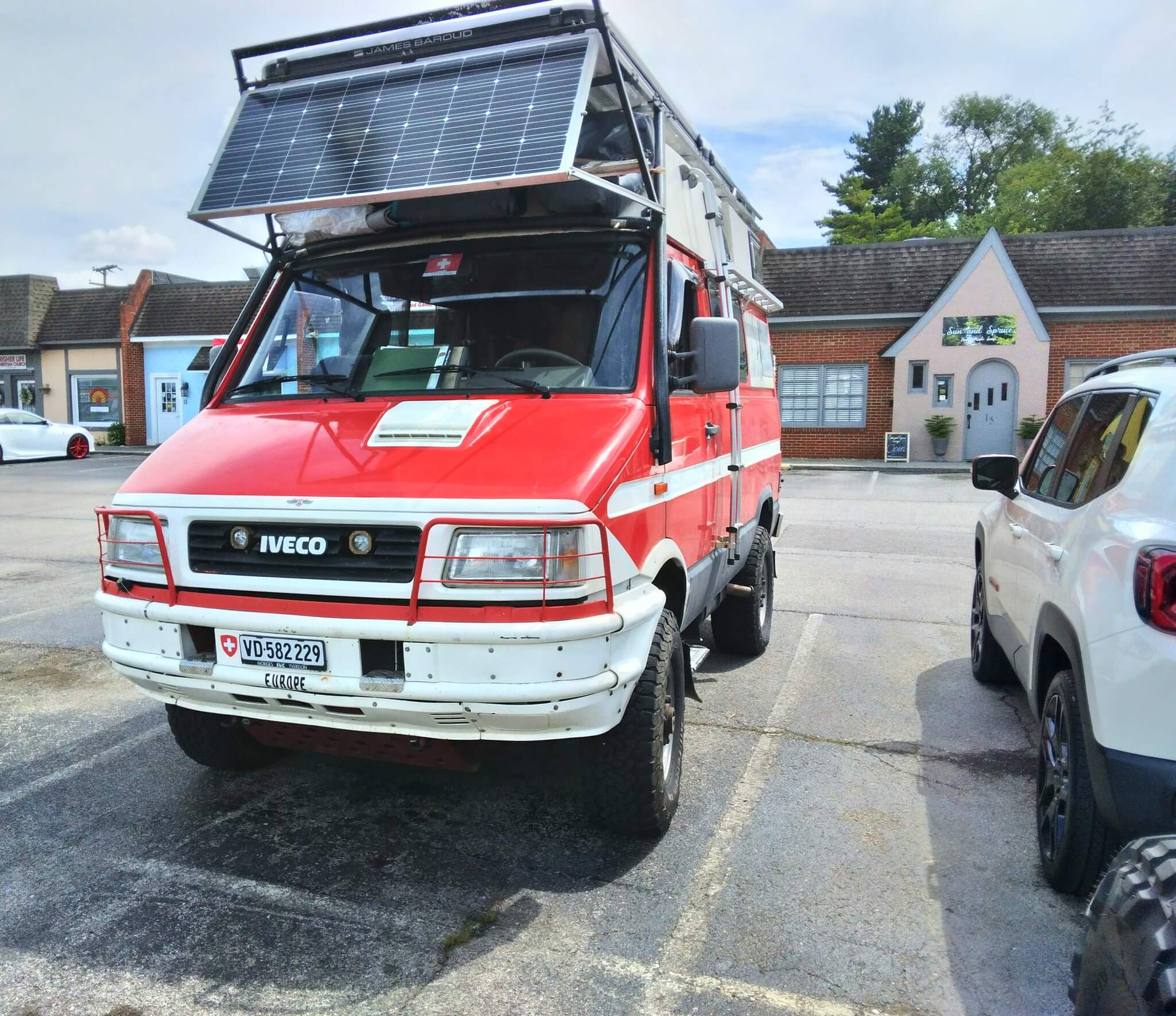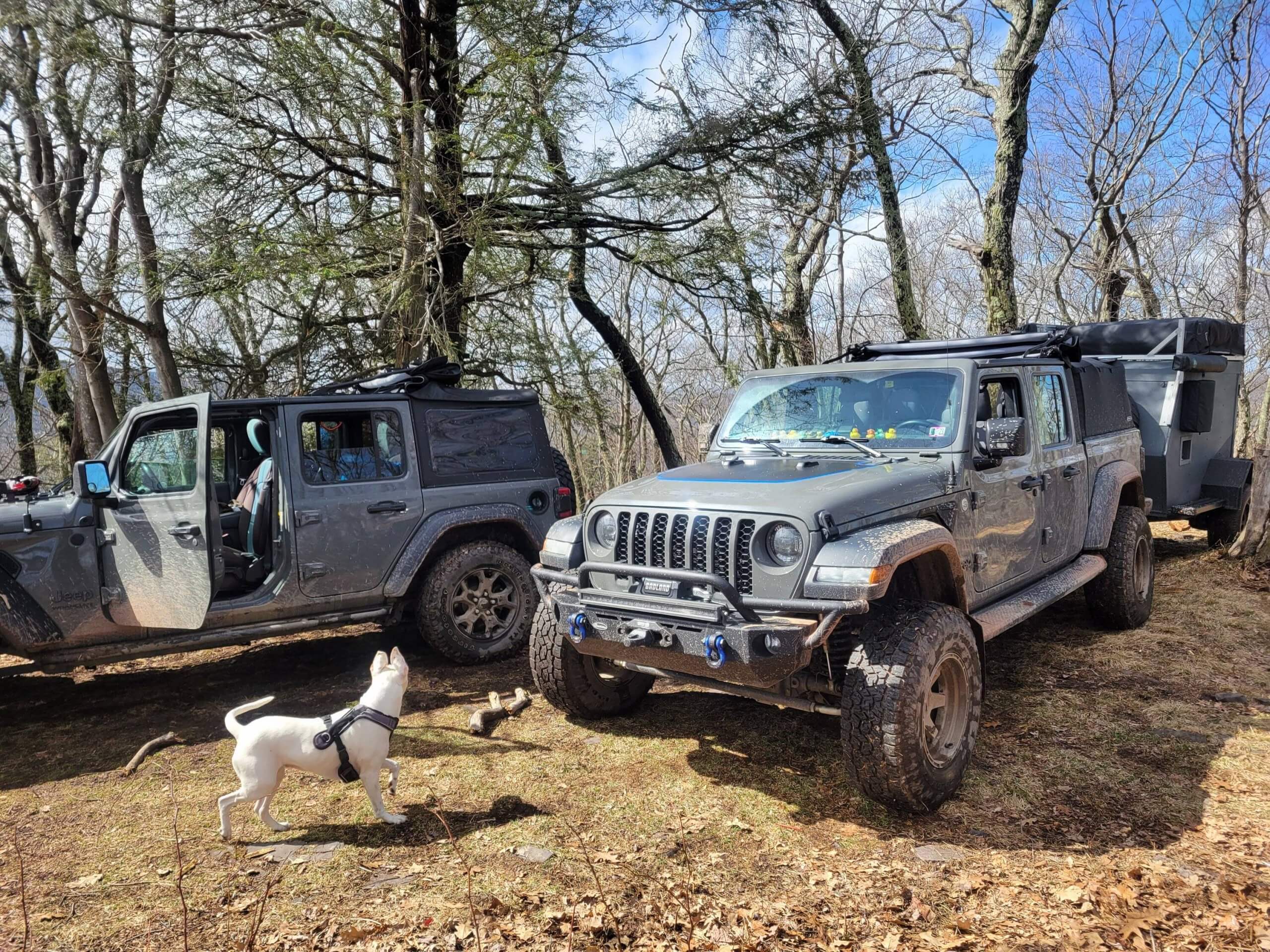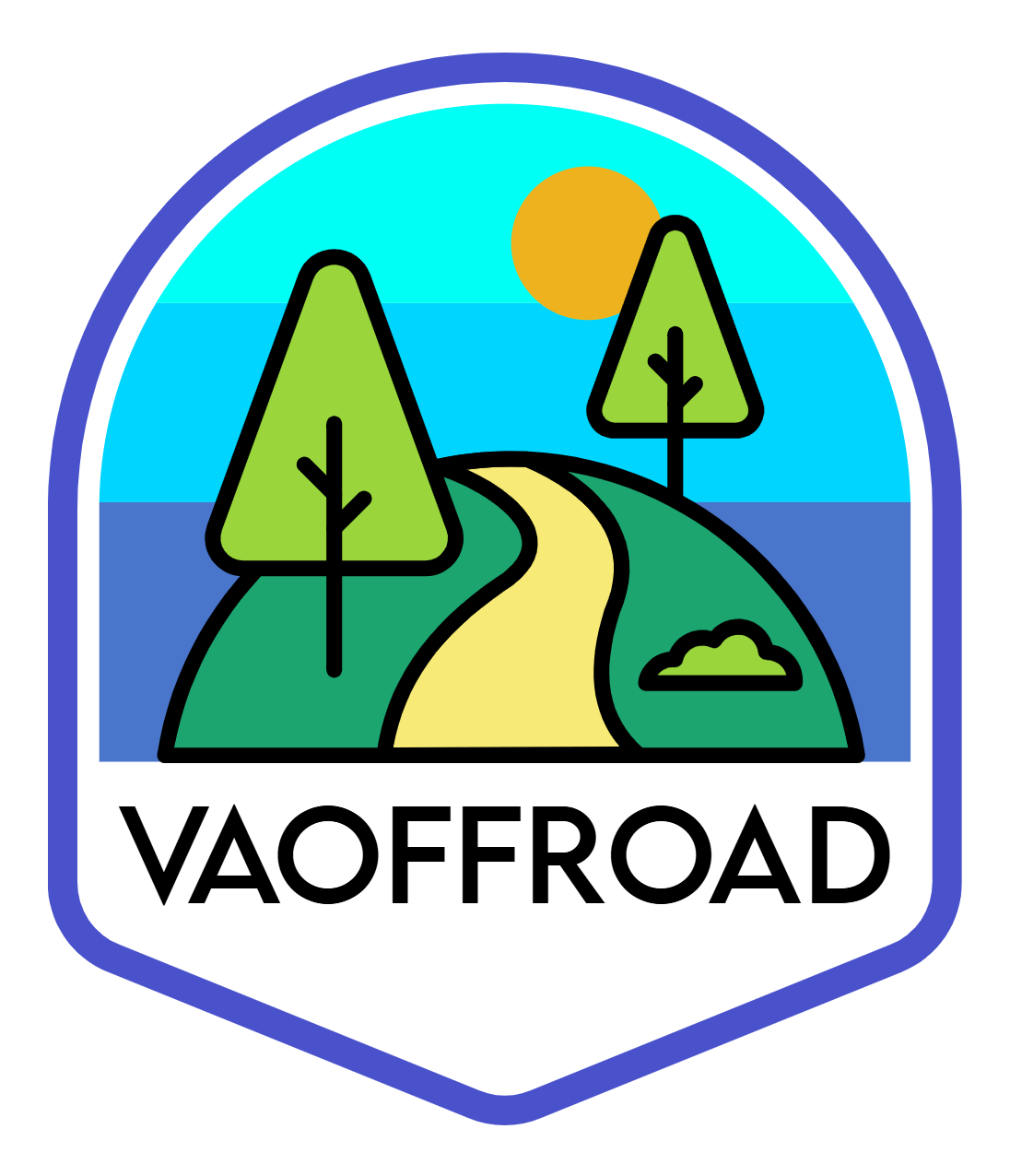Module 5 – Trail & Road Etiquette
Overlanding often takes place on multi-use trails shared with hikers, horseback riders, and local residents. Good etiquette ensures safety and keeps access open.
Yielding Rules: Uphill traffic has the right-of-way. If you’re descending, find a safe turnout to let them pass. Always yield to non-motorized users.
Speed Control: Drive slowly near camps or pedestrians to reduce dust.
Communication: Use radios courteously—clear, concise, no chatter during technical sections.
Respect Others: Don’t block intersections or occupy multiple campsites.
Wildlife & Livestock: Stop, observe quietly, and give wide berth.
Every courteous act strengthens the public perception of overlanding. Irresponsible behavior by one driver can result in trail closures for everyone.

Module 6 – Safety, Recovery & Emergencies
Preparedness transforms potential crises into routine setbacks. Every overlander should master both mechanical and medical readiness.
1. Recovery Gear:
Carry rated straps, shackles, traction boards, and a quality air compressor. Always inspect gear for wear and learn proper winch use before needing it.
2. Situational Assessment:
If you get stuck, stop. Get out, breathe, and assess terrain, tire pressure, and traction. Rushed recoveries cause damage and injuries.
3. Medical Readiness:
A first-aid kit should include trauma supplies, medications, and knowledge of how to use them. Take a wilderness first-aid course.
4. Emergency Supplies:
Bring extra food, water, and clothing for at least 24 hours beyond your planned trip. A small margin can make the difference in an emergency.
5. Weather Awareness:
Mountain weather changes fast—layer clothing and secure tents nightly.


